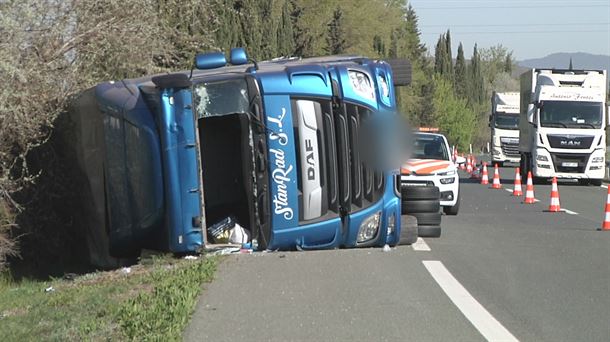More than two weeks after the heavy earthquakes in Turkey and Syria, the earth is still not resting. Earthquakes hit Turkey, Syria (magnitude 4.4) and neighboring Iraq (magnitude 4.6) early Wednesday morning. So far there have been no reports of injuries.
After the strong aftershocks, the search for survivors resumed. The series of quakes began on February 6, when two earthquakes measuring 7.7 and a little later 7.6 struck southeastern Turkey and northern Syria. More than 6,000 aftershocks followed, according to Turkish information. The tremors didn’t stop, Marlene Brax, head of the Lebanese Center for Geophysics, said, according to local media. More energy is trapped underground, which is now being released. Two major continental plates meet in the affected area.
Suspect arrested for construction defects
More than 48,000 people have died since the quakes hit southeastern Turkey and northern Syria, including more than 42,000 in Turkey. According to the UN, about 1.5 million people have become homeless in the country. This roughly corresponds to the population of Upper Austria. More than 7,500 buildings have collapsed in Turkey alone. Investigations are ongoing in connection with possible construction defects. 160 of the approximately 560 suspects have been arrested, state news agency Anadolu reports.
Dismissal ban for victims
In Turkey, those affected should receive financial aid with short-time work benefits, wage support and a ban on dismissal. According to a decree issued by President Recep Tayyip Erdogan on Wednesday, the measures will apply to the Turkish provinces where a state of emergency has been declared. There, the social security fund would provide about 133 lira in aid every day. This would be the equivalent of about 200 euros per recipient per month.
fear in Syria
The situation for the victims of the earthquake in Syria is relatively more difficult. Fearing further tremors, residents have set up tents outside and are also staying in open fields for safety reasons. Little help arrives in the northwest due to logistical and political obstacles. According to the United Nations, nearly 200 trucks with relief supplies are already on their way. By way of comparison: Last year, according to aid organization Doctors Without Borders, an average of 145 trucks per week were driving. The areas controlled by the government, on the other hand, are easily accessible.
Many international organizations also provide money to the helpers in the northwest of the country so that they can buy what they need locally. However, blankets, tents and food became scarce and prices skyrocketed.
Source: Krone
I am Wallace Jones, an experienced journalist. I specialize in writing for the world section of Today Times Live. With over a decade of experience, I have developed an eye for detail when it comes to reporting on local and global stories. My passion lies in uncovering the truth through my investigative skills and creating thought-provoking content that resonates with readers worldwide.



